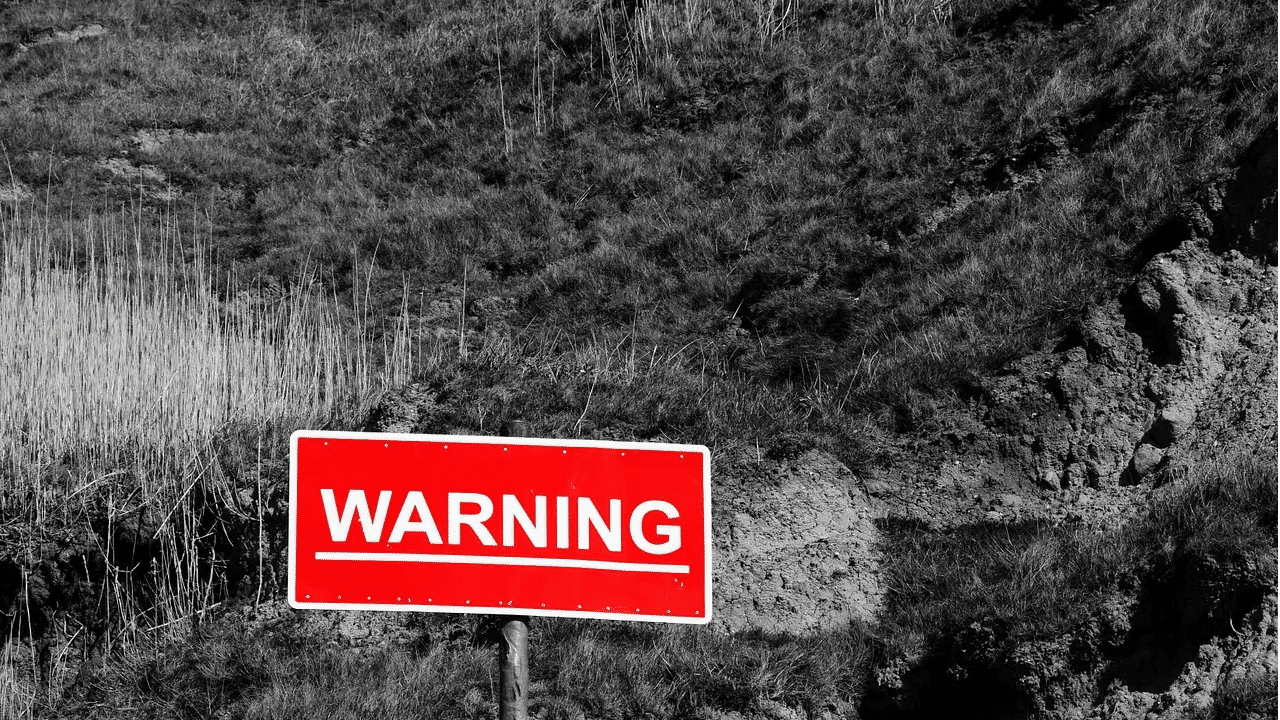Landslides have become a common phenomenon as rains pour increasingly each day. Several towns and cities have reported multiple incidents of landslides causing injuries and fatalities. However, the question is what causes these landslides and whether these can be prevented.
What is a landslide?
Landslides are defined by the downward displacement of rocks, soil, and debris together. Mountainous regions and other similar areas with steep slopes are prone to experiencing the hazards of landslides. However, it is not only a single factor that causes these. Landslides are caused by multiple factors that lead to the destabilisation of slopes.
Also Read | 129 dead, thousands displaced: Latest on Maharashtra floods
What causes landslides?
One of the most common causes of landslides is the gravitational pull on the weak parts of a steep area. Indeed, some landslides happen gradually with tiny displacements taking place over a longer period. However, some displacements are pushed into action by heavy rainfalls or an earthquake that triggers the fall.
Heavy rains alter the pressure within the slopes, causing landslides due to the instability of the slopes. Similarly, if the material of the slope is laden with water, the piece of land eventually succumbs to gravity causing massive landslides.
While excessive water is majorly responsible for landslides, geological weathering and erosion also make up for a few natural causes. Furthermore, human-related activities like changing the flow of groundwater and cutting trees can also cause the event. Droughts and fires have long been observed to increase the risk of landslides.
How can one prevent landslides?
Although it requires serious efforts, landslides can be avoided by practising a few measures. Modification of slope geometry, binding slope materials by chemical agents, grouting rock fissures, installing retaining walls and pullers, rerouting underwater drainage and diverting debris pathways go a long way in preventing landslides from happening.
Also, say yes to vegetation as it binds the soil, rendering it fit and potentially slide-free.







